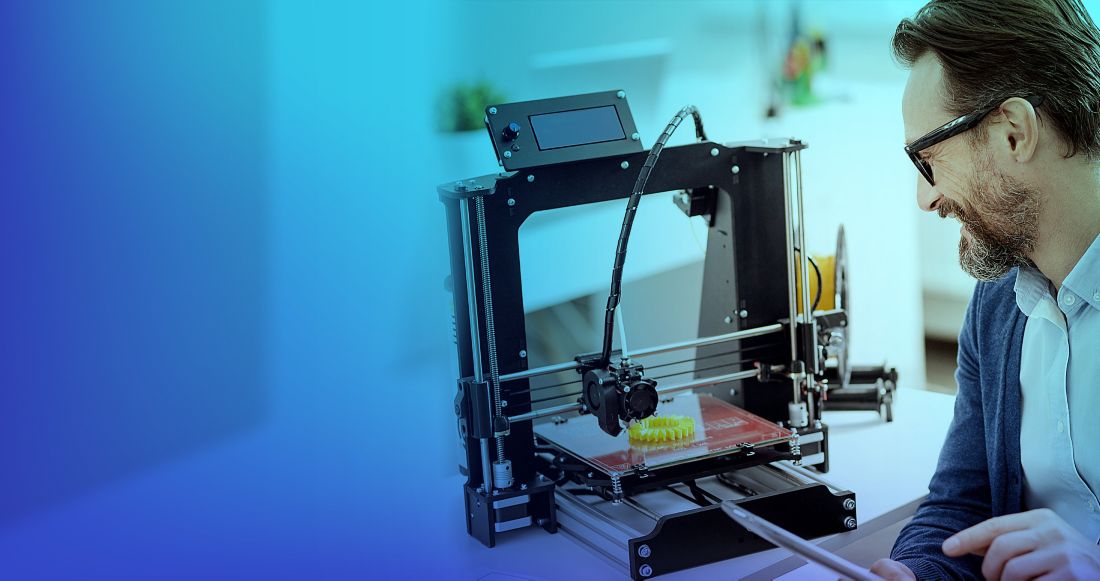In today’s digital age, safeguarding information is more crucial than ever, especially in the realm of digital printing. The concept of user authentication for smart printers is emerging as an essential component to protect sensitive data and ensure that only authorized personnel have printing privileges.
Smart printers are increasingly found in businesses of all sizes. These advanced devices not only print documents but also serve as gateways to company networks. Ensuring secure access through user authentication is fundamental to prevent unauthorized usage and potential security breaches.

What is User Authentication for Smart Printers?
User authentication refers to the process of verifying the identity of a user who is attempting to access a smart printer. This technology ensures that only authenticated users can interact with the printer, protecting confidential documents from unauthorized access and ensuring privacy.
Why is User Authentication Important?
The significance of user authentication cannot be overstated. Here are some reasons why it’s necessary:
- Data Protection: Ensures sensitive information remains confidential by restricting access.
- Accountability: Keeps track of who prints what, helping in auditing and accountability.
- Cost Efficiency: Prevents unnecessary printing and lowers operational costs.
Popular User Authentication Methods for Smart Printers
1. Password Protection
The most basic form of authentication, requiring a password to access printer functions.
2. Biometric Scanning
Utilizes fingerprint or facial recognition to verify a user’s identity before granting access.
3. RFID Cards
Users access printers using RFID technology, which is seamless and quick.
Implementing User Authentication in Your Organization
Integrating user authentication into your existing systems involves a few strategic steps:
Step 1: Understand Your Requirements
Analyze your organization’s printing needs and determine which authentication mechanism best suits those requirements.
Step 2: Choose the Right Technology
Decide between options such as biometric scanners or passwords based on user convenience and security levels.
Step 3: Execute and Train
Implement the technology and train your employees to ensure smooth adoption and operation.
Benefits of User Authentication for Smart Printers
Implementing user authentication delivers numerous advantages, including:
- Enhanced Security: Blocks unauthorized printer access.
- Operational Efficiency: Streamlines printing processes by ensuring only necessary documents are printed.
- Cost Reduction: Minimizes wasteful use of paper and toner.
Integrating with IoT for Advanced Printing Solutions
Combining user authentication with IoT technology magnifies the advantages by ensuring seamless administration and device management of all smart printers. This integration also offers real-time monitoring and alerts, strengthening the entire document lifecycle.
Read more about IoT’s role in the future of smart print technology.
Challenges and Considerations
Adopting new technologies isn’t without its challenges. Potential hurdles include:
- User Resistance: Resistance to change from staff.
- Technology Costs: Initial investment in new tech solutions.
- Integration Complexity: Potential technical issues during integration.
Overcoming Barriers to Implementation
To tackle these challenges, its vital to conduct thorough training sessions and communicate the advantages clearly to all staff. Ensuring open communication helps in addressing concerns and promoting acceptance.
The Future of User Authentication in Printing
The future points towards more sophisticated authentication methods, like AI-driven voice recognition and behavior-based verification. These advancements promise even greater convenience and security, paving the way for smarter, safer printing environments.
Related Topics

FAQ Section
Q1: How does user authentication enhance security in smart printers?
By ensuring that only authorized users can access the printer, user authentication limits the risk of data breaches and unauthorized usage.
Q2: What is the simplest method of user authentication?
Password protection is the most straightforward and widely used method, making it easy to implement in any organization.
Q3: Can user authentication methods integrate with existing IT systems?
Yes, many modern authentication solutions are designed to seamlessly integrate with existing IT infrastructure, offering flexible and adaptable options for businesses.
This article contains affiliate links. We may earn a commission at no extra cost to you.







